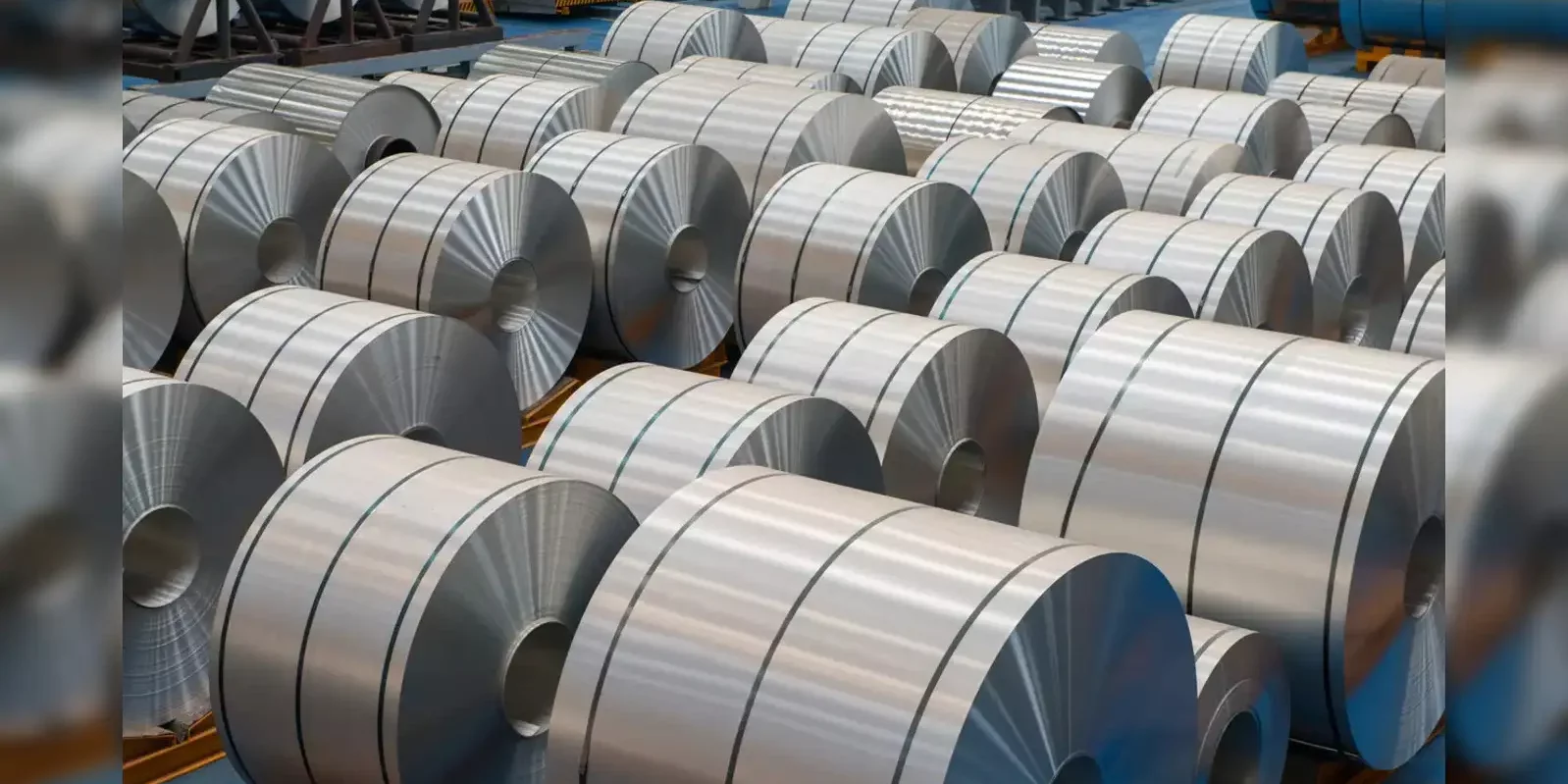As the manufacturing sector races toward digital transformation, one concept continues to gain momentum: IT/OT convergence. In a world where data is the new oil, bridging the gap between Information Technology (IT) and Operational Technology (OT) is no longer optional—it’s essential for achieving the promise of Smart Manufacturing.
What is IT/OT Convergence?
- Information Technology (IT) refers to the systems used to store, process, and analyze data—think enterprise applications, cloud platforms, cybersecurity, and analytics.
- Operational Technology (OT) includes the hardware and software that control industrial operations—such as PLCs, SCADA systems, CNC machines, and production lines.
Convergence means integrating these traditionally separate domains to create a seamless, secure, and data-driven manufacturing environment.
Why IT/OT Convergence Matters
- Real-Time Decision Making
By connecting shop floor data with enterprise systems, manufacturers can access real-time insights into production performance, quality, energy use, and supply chain dynamics. - Predictive Maintenance & Reduced Downtime
Data from machines can be analyzed using AI/ML models to predict failures and schedule maintenance proactively. - Increased Agility
With integrated IT/OT systems, manufacturers can respond faster to changes in customer demand, market conditions, or supply chain disruptions. - Enhanced Cybersecurity
A unified approach enables better visibility and control across IT and OT assets—critical in an era of increasing cyber threats to industrial systems.
How Smart Manufacturing Builds on IT/OT Integration
Smart Manufacturing leverages IT/OT convergence to connect people, machines, and processes through:
- Industrial IoT (IIoT): Sensors and devices that collect and transmit machine data.
- Cloud & Edge Computing: Balancing centralized data analytics with local processing for speed and efficiency.
- Digital Twins: Real-time digital replicas of physical assets for simulation and optimization.
- AI & Analytics: Turning raw data into actionable intelligence for better decisions.
- MES/ERP Integration: Coordinating production with business operations for end-to-end visibility.
Challenges to Overcome
- Legacy Equipment: Many factories still rely on decades-old machines not designed for connectivity.
- Cultural Divide: IT and OT teams often speak different “languages” and have different priorities.
- Security Risks: Connecting more devices increases the attack surface if not properly secured.
- Data Silos: Without proper integration, valuable data can remain trapped in isolated systems.
Best Practices for a Successful IT/OT Strategy
- Start with small pilot projects to demonstrate value.
- Invest in open, interoperable platforms to avoid vendor lock-in.
- Ensure collaboration between IT, OT, and business teams.
- Build a cybersecurity-first architecture that spans IT and OT domains.
- Focus on scalable solutions that grow with your business needs.
Conclusion
IT/OT convergence is the foundation for a truly connected, intelligent, and agile factory. As technologies like IIoT, AI, and cloud computing continue to evolve, manufacturers who embrace this transformation will be well-positioned to lead in the age of Smart Manufacturing.
The future isn’t just digital—it’s converged.






https://shorturl.fm/7DefW
https://shorturl.fm/r5ZzR
https://shorturl.fm/m8x6u